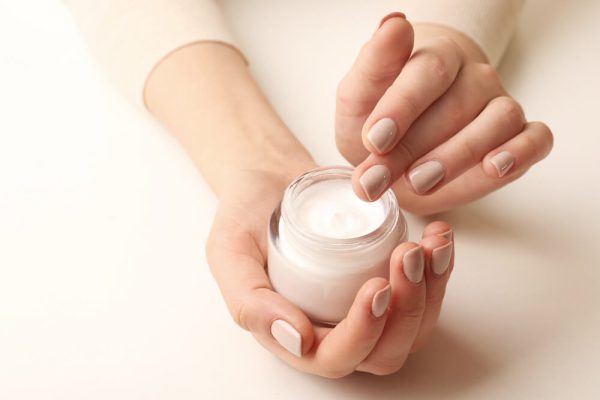The tricky part about colour matching is that everyone’s skin tone differs. That’s why it’s important to know your undertone and base colour.
The undertone of your skin determines what colours will look best on you. Warm undertones are golden, while cool undertones lean more pink or red.
Know Your Skin Tone
It’s no secret that many of us struggle to match makeup shades to our complexion. A clear idea of your skin tone and undertones is essential for choosing foundation, blush, bronzer, eyeshadow and lip colours that flatter your skin.
If you’re unsure how to determine your skin tone, a few easy tests can help. First, look at the area of your face that’s least affected by skin colour changes, like your jawline.
Second, examine the colour of your veins on the underside of your wrist. If they are blue or purple, you have cool-toned skin. If they are green, you have warm-toned skin.
Third, compare a few different foundation swatches against your skin in artificial and natural light. Pay close attention to which shades appear too pink or orange on your skin.
If you don’t have time to do a few test runs, check out foundation ranges from make up editorial brands you love. Most of them will have a way of breaking down their shades and undertones to make it easier for you to find the perfect foundation shade for your complexion.
Know Your Undertones
Undertones are the colour that lies underneath your original skin tone, and they can make the foundation, lipstick, and clothing look wildly different on your complexion. For example, your sister’s foundation can be the perfect shade for her complexion, but it might look completely wrong on you.
It can be difficult to figure out your skin’s undertone, and it’s not always easy to tell if you have warm or cool undertones (or a combination of both). But knowing your undertone can help you pick the right makeup colours for your complexion and avoid the same frustrating mistakes that others have made.
To find the best foundation for your undertone, Newman recommends trying on swatches in natural and artificial light (as opposed to under-store lights). He says you should also consider your hair and eye colour when choosing a hue that suits your skin’s undertones.
Once you’ve nailed down your undertone, the rest of your makeup will be a breeze. Choosing the correct shade for your complexion will feel like picking out a piece of a puzzle that fits seamlessly into the picture.
Know Your Base Colour
The base colour you choose for your foundation should blend seamlessly into your complexion – not make you look ashy or ghastly. The shade should feel like a missing piece of a jigsaw puzzle that slots into place without drawing attention to itself.
Testing your base colour before committing to a purchase is important. Ideally, you want to find a well-lit room so you can see the true colour pigment of the foundation.
If you haven’t found the right base colour, a makeup artist or a local beauty shop can do a skin tone or foundation matching test. It can take up to 10 minutes and will give you a better idea of what base colour works best for your complexion.
Once you know your skin tone, matching your makeup to your complexion is easy. Remember that skin tones can change throughout the year due to seasonal weather, aging and sun exposure. But by keeping your foundation in the same undertone, you can ensure that your makeup stays fresh and flawless throughout the year.
Know Your Base, Hue
Knowing your base hue will give you a starting point when picking out makeup colours that will look great on you. You’ll also be able to make subtle tweaks to your colour palette to increase its contrast and improve the overall appearance of your makeup.
Hue is the underlying base colour of any colour family on the colour wheel, including red, green, blue, and yellow. It doesn’t include black, white or grey pigments, but it does contain a degree of lightness or value to its colour.
When applied in the right way, hues can create a design that’s not only easy on the eyes but also very eye-catching. You can use them to draw the viewer’s attention to important elements in your design or even to add some subtle texture.
The best way to match your base hue is to swatch it on clean skin without any product. That’s because the product can distort the hue, making it look too light or too dark for you.





